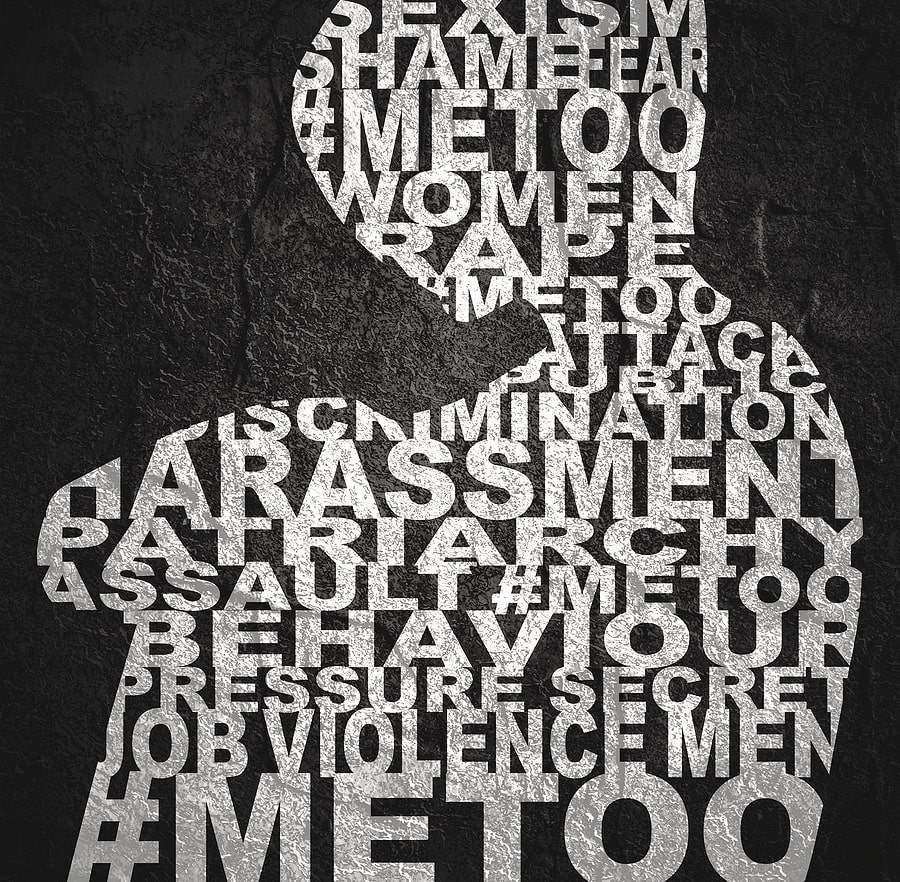WHO IS A RAPIST?
A rapist is someone who sexually assaults another in an act that usually involves sexual intercourse or other forms of sexual penetration carried out against the person’s will or without that person’s consent. Rape is penetration, no matter how slight, of the vagina or anus with any body part or object, or oral penetration by a sex organ of another person, without the consent of the victim.”
FACTS ABOUT RAPE
- Even though rape is not a gender-based issue, the fact remains that more women/girls are being affected.
- Rapists often see women as sex objects who are there to fulfill men’s sexual needs.
- Motives behind rape vary and are difficult to quantify. However, studies show that rapists have some common characteristics:
- Narcissism
- Lack of empathy
- Feelings of hostility towards women
TYPES OF RAPISTS
- The opportunistic rapist – Rapists who seize any chance for sexual gratification, such as the loss of self-control on the part of their victim under the influence of alcohol.
- The sadistic rapist – Rapists whose motivation is to humiliate and degrade victims.
- The vindictive rapist – Rapists who have anger and aggression focused directly toward women. Such a rapist believes he is permitted to sexually attack women because he feels he has been hurt, rejected, or wronged by women in the past.
SEXUAL ABUSE
The main difference between sexual assault and sexual abuse is that sexual assault occurs to adults and sexual abuse occurs to minors or children. Typically, sexual abuse describes behavior committed toward a minor child. Children cannot consent to any type of sexual contact.
ACTS OF SEXUAL ABUSE
- Exposing Oneself to a Minor
- Sexual Contact, Including Fondling and Intercourse
- Obscene Messaging
- Sex Trafficking: 50 percent of human trafficking victims are children, and the majority end up forced into the sex trade
- Pornography
RED FLAGS FOR SEXUAL ABUSE
- Withdrawal from friends and usual activities
- Inappropriate sexual behaviors on the part of the child
- Sexually transmitted diseases (STDs) or signs of genital trauma
- Unexpected knowledge of sexual behaviors inappropriate given the child’s age
- Reluctance to spend time with a specific individual
- Regression in behavior –
- Reluctance to remove clothing
HOW TO IDENTIFY POTENTIAL SEXUAL ABUSERS
- An adult who tends to want to spend excessive time with children, beyond their role in that child’s life.
- An adult who does not respect a child’s privacy or cues.
- An adult who spends more time with children and teenagers than their own adult friends.
- An adult who regularly discusses sexual behavior or feelings with children and teens.
- Frequently has “special friends” of a certain age range or appearance, which may change from year to year.
- An adult may become closer to specific children than seems appropriate or necessary, including taking that child for special trips or spending excessive time alone with that child.
SEXUAL ASSAULT
Sexual assault can describe a range of criminal acts that are sexual in nature, from unwanted touching and kissing to rubbing, groping or forcing the victim to touch the perpetrator in sexual ways.
But sexual assault overlaps with rape because the term includes rape. assault describes a wide range of unwanted criminal sexual acts. Direct penetration, including oral, genital, and rectal penetration, all constitute rape. Rape includes any degree of penetration, including minor or slight penetration, committed as a deliberate act without the consent of the victim.
As mentioned earlier, in cases involving sexual assault vs sexual abuse, sexual assault typically involves an adult victim. Sexual assault often occurs as a one-time event and includes any sexual contact not invited or wanted by the victim. Most often, when defining sexual assault, people think of rape; however, rape does not represent the only type of sexual assault. Sexual assault may also include:
- Forced Sexual Contact
- Unwanted Fondling or Touching
- Rape
What should survivors do?
- Seek medical care
- Report to the authorities
- NGOs & Govt agencies FACTS
- Seek professional Counseling or Therapy




















